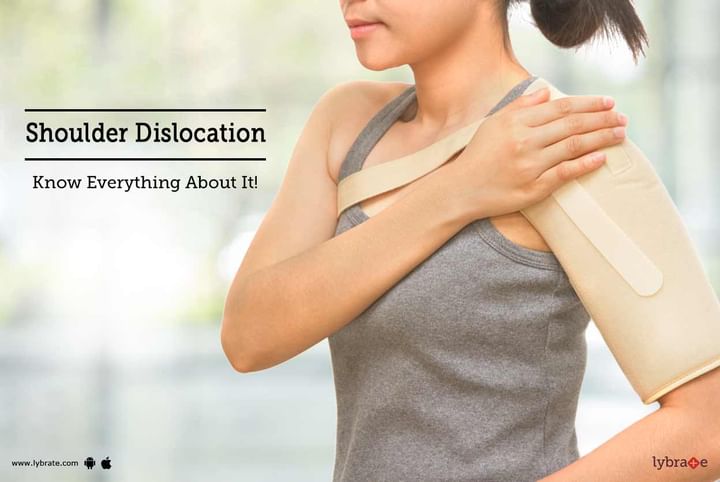Shoulder Dislocation - Know Everything About It!
A shoulder dislocation is a shoulder injury which is characterized by the upper arm bone popping out of the socket of your shoulder blade. The shoulder joint is the most mobile among all the joints in the body, making it the most prone to dislocation. The dislocation of the shoulder joint can either be partial or complete depending on the injury. In a partial dislocation, the head of the upper arm is partially shifted out of the socket whereas in a complete dislocation, the head comes out of the socket in its entirety.
Symptoms-
The symptoms of shoulder dislocation are:
- Swelling or bruising of the affected area.
- Deformed shoulder.
- Excruciating pain in the shoulder region.
- Mobility of the joint is greatly reduced.
Apart from these symptoms, there may be tingling, numbness and weakness in the affected region.
Causes-
There can be multiple ways in which a shoulder can be dislocated because of its ability to move and swing in all the directions. The fibrous tissues that connect the bones of your shoulder may also get stretched or torn. These injuries occur due to a sudden blow or a strong force exerted on the shoulder joint.
It is caused by:
- Trauma to the Shoulder Joint: Hard blows to the shoulder joint such as one suffered from a vehicle accident can lead to shoulder dislocation.
- Sports Injuries: In contact sports such as hockey and football, the sudden forceful contractions of the shoulder region may lead to dislocation of the shoulder.
- Falls: Tripping or falling from an elevated place and landing on the shoulder can cause shoulder joint dislocation.
Treatment-
The treatments for shoulder dislocation are –
-
Medication: Medications such as pain relievers can be prescribed by the doctor to reduce pain.
-
Surgery: Surgery of the shoulder joint can help in treating chronic shoulder dislocations. Surgery is also required if the blood vessels or the nerves along the shoulder joint are damaged.
- Immobilization: This process involves attaching a sling or a splint to the affected area to prevent it from moving. This allows the shoulder joint to heal and recuperate faster.



+1.svg)
